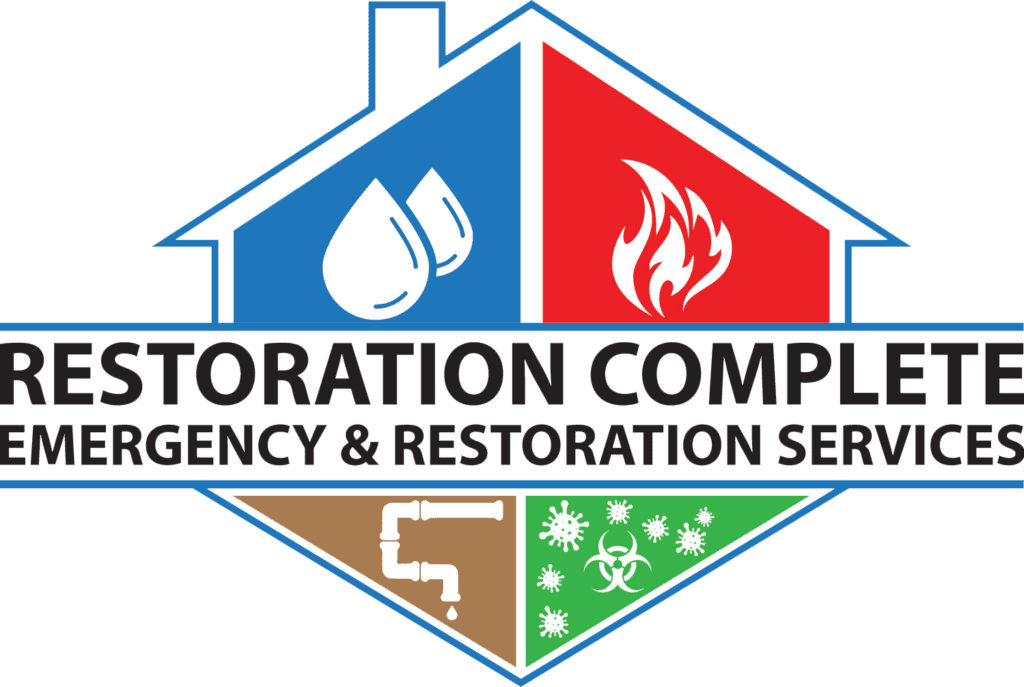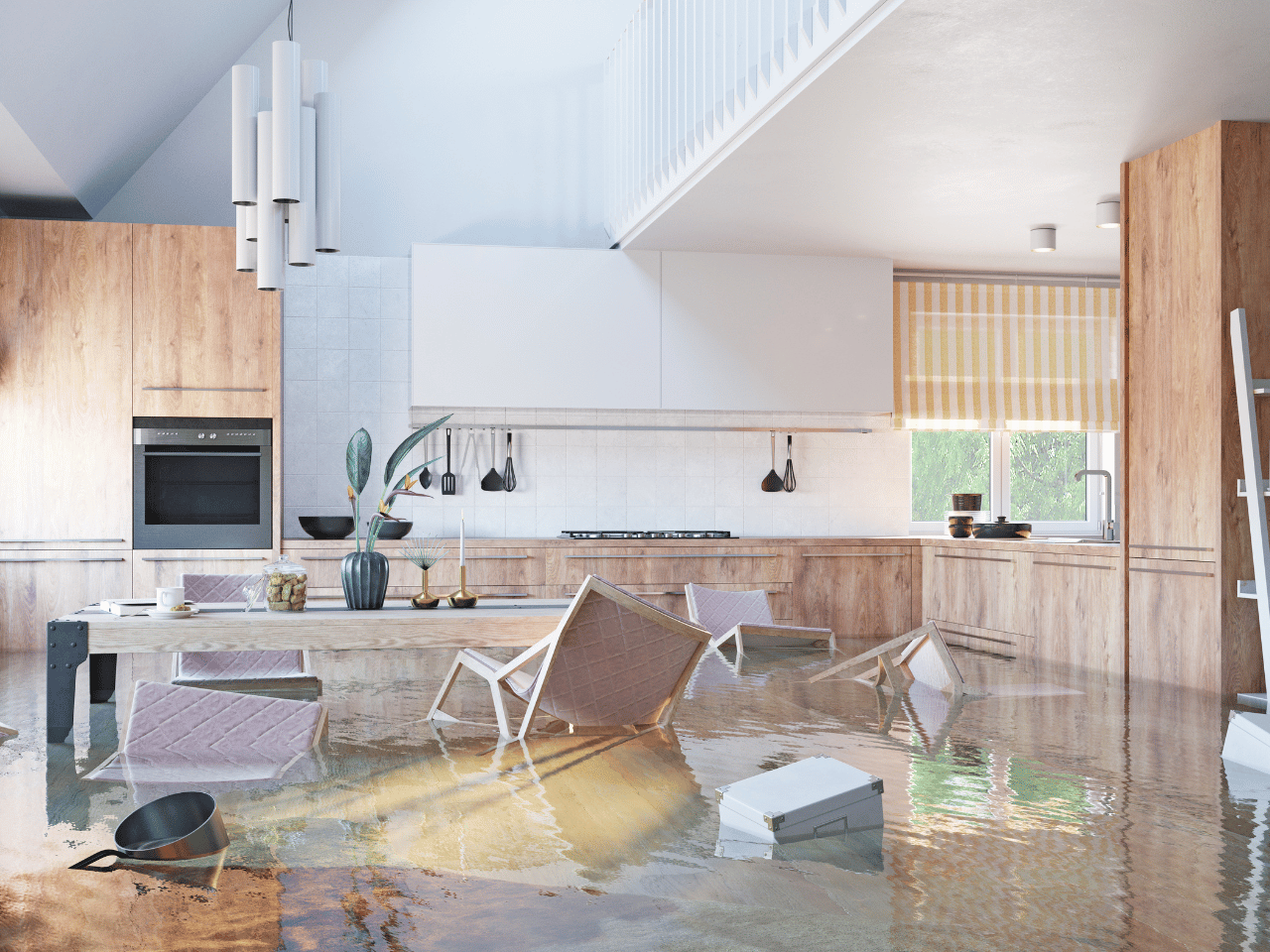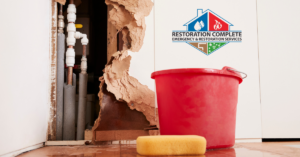The aftermath of a flood can be daunting, particularly in terms of rebuilding your house after water damage. Whether it’s from a natural disaster, a burst pipe, or another source, the havoc wrought by water incursion can leave you feeling helpless and unsure of where to start. A systematic strategy is essential for a successful recovery during these trying times. You may take back control of the situation and work on revitalizing your home by adhering to a well-organized plan. To get expert water damage restoration services in Lawrenceville, contact Restoration Complete LLC today. They provide the most trustworthy restoration process to recover the problems. This thorough step-by-step guide will give you the confidence and resolve you need to successfully navigate the water damage restoration process.
Prioritizing Safety
Make sure everything is safe before going back inside your house. Examine the outside of the building for any obvious structural deterioration, such as drooping ceilings or leaning walls, as these may point to possible dangers. Look around for any downed power lines or gas leaks. Stay well away from any suspicious areas and report them to the appropriate authorities right away.
Furthermore, keep an eye out for any health hazards, particularly while handling tainted water. Hazardous compounds, sewage, or toxic germs could be present in the water. Put safety first by using protective clothing—such as boots, gloves, and masks—to avoid coming into close contact with potentially dangerous substances. Seeking professional advice before reentering the property could be prudent if the water damage is substantial or if you fear contamination. To protect yourself and your family from any health concerns related to floodwater, always err on the side of caution.
Water Removal
Consider contacting expert water removal services using extraction gear and industrial-grade pumps in the event of extreme flooding. They have the know-how and tools required to quickly and completely remove substantial amounts of water, which will accelerate the restoration process. In addition, keep an eye out for any moisture trapped in difficult-to-reach places, such as wall cavities and beneath floors, as these regions are known to retain moisture and promote the formation of mold. A more thorough drying process can be ensured by using a moisture meter to find hidden pockets of moisture. Recall that the likelihood of structural damage and the growth of mold is reduced in proportion to the speed and thoroughness of the water extraction.
Evaluate the damage.
Sort things according to the degree of damage as you examine the damage. Make it a priority to document sentimental or high-value things, such as electronics, antiques, and family heirlooms. Make a thorough inventory that includes pictures, videos, and details about every item, including its approximate value and state. Not only is this thorough documentation essential for insurance claims, but it also facilitates future conversations with restoration specialists, allowing for a more accurate evaluation of the required replacements or repairs. It can be easier to file a claim with your insurance company and establish the value of the damaged products if you preserve receipts or proof of purchase.
Mold Avoidance
Even after the initial cleaning, it’s critical to keep an eye out for any symptoms of mold growth in the afflicted regions. Mildew recurrence may result from hidden pockets of dampness or persistent wetness, even though fungus inhibitors and cleaning solutions can reduce the risk. It is strongly advised to obtain professional cleanup services for large or difficult-to-access locations. These professionals can handle even the most severe mold infestations since they have the knowledge, tools, and safety gear needed to ensure a complete and secure cleanup. Additionally, think about enhancing airflow in these spaces to avoid future moisture accumulation and lessen the chance of decay growth.
Desiccation and air-drying
To stop fungus formation, thoroughly dry the afflicted areas. To dry out the area, use dehumidifiers and fans. Because these spaces are prone to retaining moisture and supporting mold growth, pay attention to any concealed dampness in the walls, ceiling, and flooring.
Mend and restore
Improving the resistance of your house against future water damage is best done during the post-drying and cleaning period. Consider utilizing water-resistant materials, such as moisture-resistant flooring, waterproof insulation, and mould-resistant drywall, in susceptible areas when performing repairs. The likelihood of future incidences resulting in damage to your property can be greatly decreased by strengthening it against water incursions. Furthermore, take your time and properly check your home to identify any potential vulnerabilities in its defences. You may strengthen it against future water-related issues by sealing gaps, strengthening foundations, and enhancing drainage systems. Don’t rush the repair procedure.
Recovery and Sanitation
Analyze what can be saved. Save objects that can be repaired and discard those that are irreparably damaged. All reusable items should be well-cleaned and sanitized. Depending on the degree of damage, carpets, furniture, and personal items should be thoroughly cleaned or thrown away.
Preventing Mishaps in the Future
Put precautions in place to prevent water damage in the future. This could entail doing routine upkeep, setting up sump pumps, waterproofing weak spots, and making sure drainage systems are operating properly.
Speak with professionals.
Seek the assistance of experts in the field, such as contractors, electricians, plumbers, and specialists in water damage restoration, particularly in cases of complex or substantial damage. Their expertise is crucial for guaranteeing a complete and secure restoration.
In Conclusion
It is crucial to maintain persistence and patience during the repair process. A methodical approach and a positive outlook can greatly ease the process, but witnessing the destruction of your house can take a tremendous emotional toll. Always keep in mind that each step you take toward restoration will bring you one step closer to getting your living area back. Restoring your home’s sense of safety and comfort is as important as making the necessary structural repairs. If you need help overcoming the obstacles of this rigorous procedure, don’t be afraid to ask friends, family, or support groups for it. Building new walls and flooring is only one aspect of house restoration; another is re-establishing your home’s feeling of security and cosiness. If you want water damage restoration in Decatur, contact Restoration Complete LLC today. They provide the most reliable service at their location. For more details, you can visit their site.


